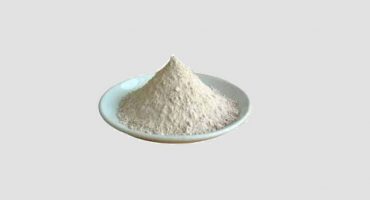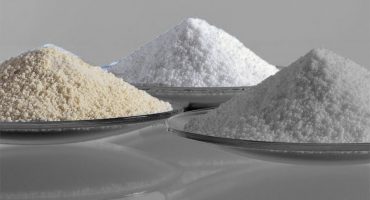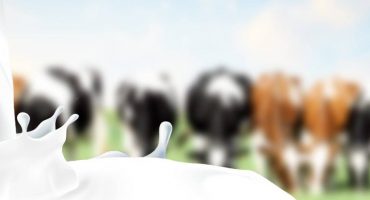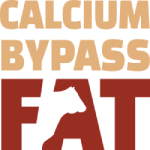

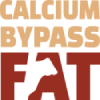
Calcium Bypass Fat Animal Feed Oil Supplement products.
T +90 262 343 22 90
Email: [email protected]
CALCIUM BYPASS FAT
Sahil Mah. Liman Cad. No: 132 Basiskele 41090 KOCAELI / TURKEY
